BMW i4 vs VW ID.3 – Which car suits you better?
Two cars, one duel: BMW i4 meets VW ID.3.
Which one wins in performance, efficiency and value for money? Find out now!
Costs and Efficiency:
Price and efficiency are key factors when choosing a car – and this is often where the real differences emerge.
VW ID.3 has a decisively advantage in terms of price – it starts at 28600 £, while the BMW i4 costs 49400 £. That’s a price difference of around 20803 £.
In terms of energy consumption, the advantage goes to the VW ID.3: with 14.50 kWh per 100 km, it’s barely noticeable more efficient than the BMW i4 with 14.70 kWh. That’s a difference of about 0.20 kWh.
As for range, the BMW i4 performs barely noticeable better – achieving up to 613 km, about 8 km more than the VW ID.3.
Engine and Performance:
Power, torque and acceleration are the classic benchmarks for car enthusiasts – and here, some clear differences start to show.
When it comes to engine power, the BMW i4 has a convincingly edge – offering 601 HP compared to 326 HP. That’s roughly 275 HP more horsepower.
In acceleration from 0 to 100 km/h, the BMW i4 is significantly quicker – completing the sprint in 3.70 s, while the VW ID.3 takes 5.70 s. That’s about 2 s faster.
In terms of top speed, the BMW i4 performs slightly better – reaching 225 km/h, while the VW ID.3 tops out at 200 km/h. The difference is around 25 km/h.
There’s also a difference in torque: BMW i4 pulls clearly perceptible stronger with 795 Nm compared to 545 Nm. That’s about 250 Nm difference.
Space and Everyday Use:
Beyond pure performance, interior space and usability matter most in daily life. This is where you see which car is more practical and versatile.
Both vehicles offer seating for 5 people.
In curb weight, VW ID.3 is slightly lighter – 1787 kg compared to 2070 kg. The difference is around 283 kg.
In terms of boot space, the BMW i4 offers somewhat more room – 470 L compared to 385 L. That’s a difference of about 85 L.
In maximum load capacity, the BMW i4 performs minimal better – up to 1290 L, which is about 23 L more than the VW ID.3.
When it comes to payload, BMW i4 slight takes the win – 480 kg compared to 473 kg. That’s a difference of about 7 kg.
Who wins the race?
The BMW i4 proves to be leaves the rival little chance and therefore becomes our DriveDuel Champion!
BMW i4 is the better all-rounder in this comparison.

BMW i4
BMW i4
The BMW i4 beautifully merges the dynamism of a saloon with the efficiency of an electric vehicle, offering a truly exhilarating driving experience. Its design seamlessly blends elegance and athleticism, highlighting BMW's dedication to both aesthetics and performance. Inside, the i4 boasts a high-tech cockpit that harmonises luxury with intuitive technology, allowing drivers to stay connected while on the move.
details @ press.bmwgroup.com
@ press.bmwgroup.com
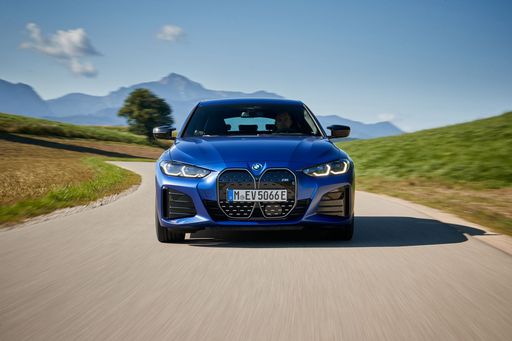 @ press.bmwgroup.com
@ press.bmwgroup.com
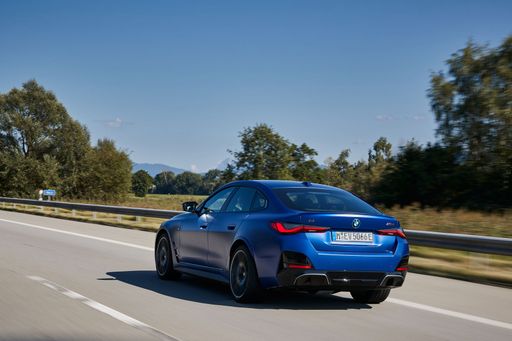 @ press.bmwgroup.com
@ press.bmwgroup.com
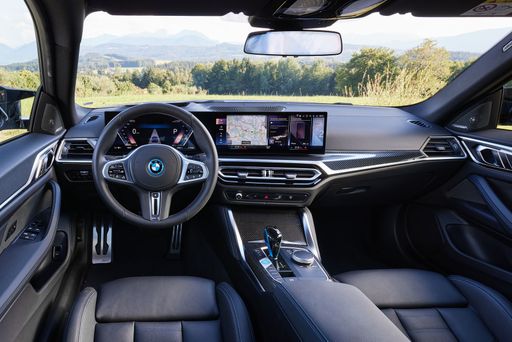 @ press.bmwgroup.com
@ press.bmwgroup.com
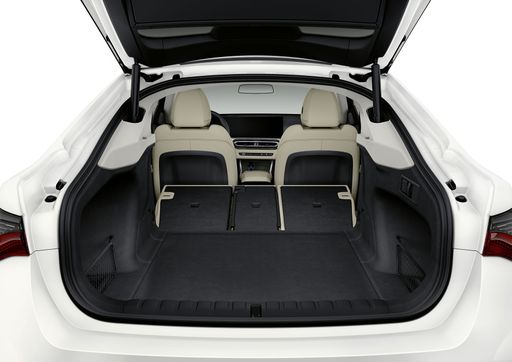 @ press.bmwgroup.com
@ press.bmwgroup.com
VW ID.3
The VW ID.3 represents Volkswagen's entry into the world of electric vehicles, offering a modern design that combines functionality with sustainability. Inside, you'll find a spacious and tech-forward interior, providing a comfortable driving experience while maintaining a focus on environmentally friendly materials. The ID.3's performance delivers a smooth and responsive feel on the road, making it a strong contender in the growing electric car market.
details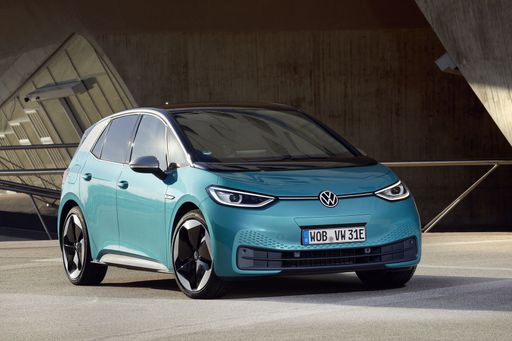 @ Volkswagen
@ Volkswagen
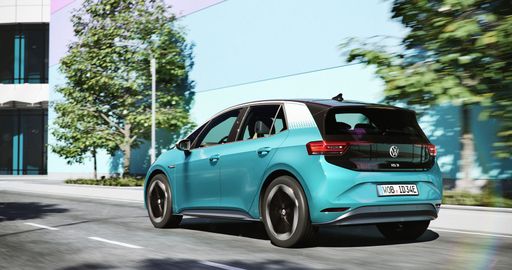 @ Volkswagen
@ Volkswagen
 @ Volkswagen
@ Volkswagen
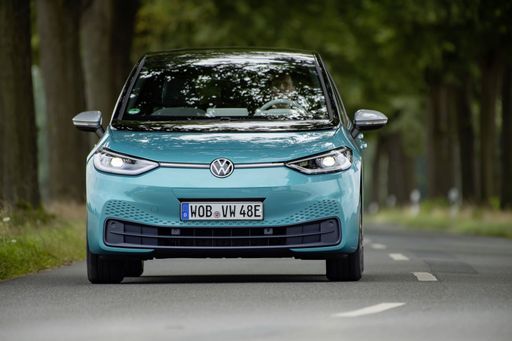 @ Volkswagen
@ Volkswagen
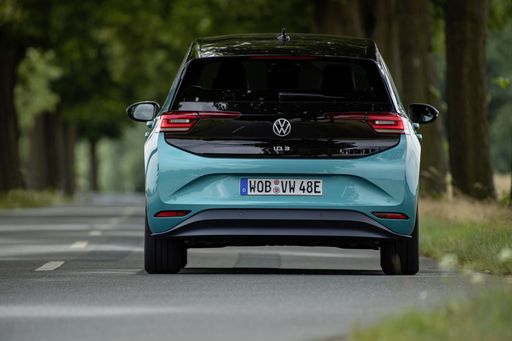 @ Volkswagen
@ Volkswagen
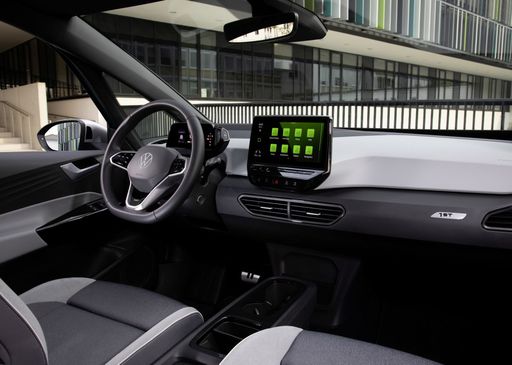 @ Volkswagen
@ Volkswagen
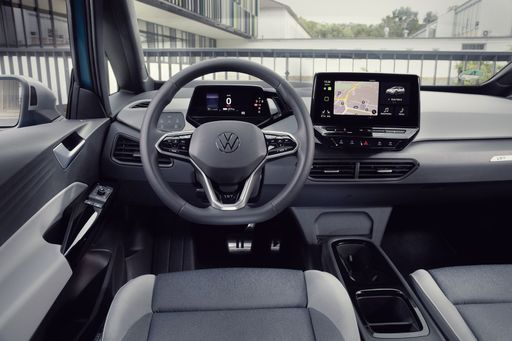 @ Volkswagen
@ Volkswagen

|

|
|
|
|
Costs and Consumption |
|
|---|---|
|
Price
49400 - 62500 £
|
Price
28600 - 49300 £
|
|
Consumption L/100km
-
|
Consumption L/100km
-
|
|
Consumption kWh/100km
14.7 - 16.7 kWh
|
Consumption kWh/100km
14.5 - 15.8 kWh
|
|
Electric Range
514 - 613 km
|
Electric Range
383 - 605 km
|
|
Battery Capacity
67.1 - 81.3 kWh
|
Battery Capacity
52 - 79 kWh
|
|
co2
0 g/km
|
co2
0 g/km
|
|
Fuel tank capacity
-
|
Fuel tank capacity
-
|
Dimensions and Body |
|
|---|---|
|
Body Type
Hatchback
|
Body Type
Hatchback
|
|
Seats
5
|
Seats
5
|
|
Doors
5
|
Doors
5
|
|
Curb weight
2070 - 2285 kg
|
Curb weight
1787 - 1993 kg
|
|
Trunk capacity
470 L
|
Trunk capacity
385 L
|
|
Length
4783 mm
|
Length
4264 mm
|
|
Width
1852 mm
|
Width
1809 mm
|
|
Height
1448 mm
|
Height
1564 mm
|
|
Max trunk capacity
1290 L
|
Max trunk capacity
1267 L
|
|
Payload
445 - 480 kg
|
Payload
437 - 473 kg
|
Engine and Performance |
|
|---|---|
|
Engine Type
Electric
|
Engine Type
Electric
|
|
Transmission
Automatic
|
Transmission
Automatic
|
|
Transmission Detail
Reduction Gearbox
|
Transmission Detail
Reduction Gearbox
|
|
Drive Type
Rear-Wheel Drive, All-Wheel Drive
|
Drive Type
Rear-Wheel Drive
|
|
Power HP
286 - 601 HP
|
Power HP
170 - 326 HP
|
|
Acceleration 0-100km/h
3.7 - 6 s
|
Acceleration 0-100km/h
5.7 - 8.2 s
|
|
Max Speed
190 - 225 km/h
|
Max Speed
160 - 200 km/h
|
|
Torque
400 - 795 Nm
|
Torque
310 - 545 Nm
|
|
Number of Cylinders
-
|
Number of Cylinders
-
|
|
Power kW
210 - 442 kW
|
Power kW
125 - 240 kW
|
|
Engine capacity
-
|
Engine capacity
-
|
General |
|
|---|---|
|
Model Year
2025
|
Model Year
2024 - 2025
|
|
CO2 Efficiency Class
A
|
CO2 Efficiency Class
A
|
|
Brand
BMW
|
Brand
VW
|
What drivetrain options does the BMW i4 have?
The BMW i4 is available as Rear-Wheel Drive or All-Wheel Drive.
The prices and data displayed are estimates based on German list prices and may vary by country. This information is not legally binding.
